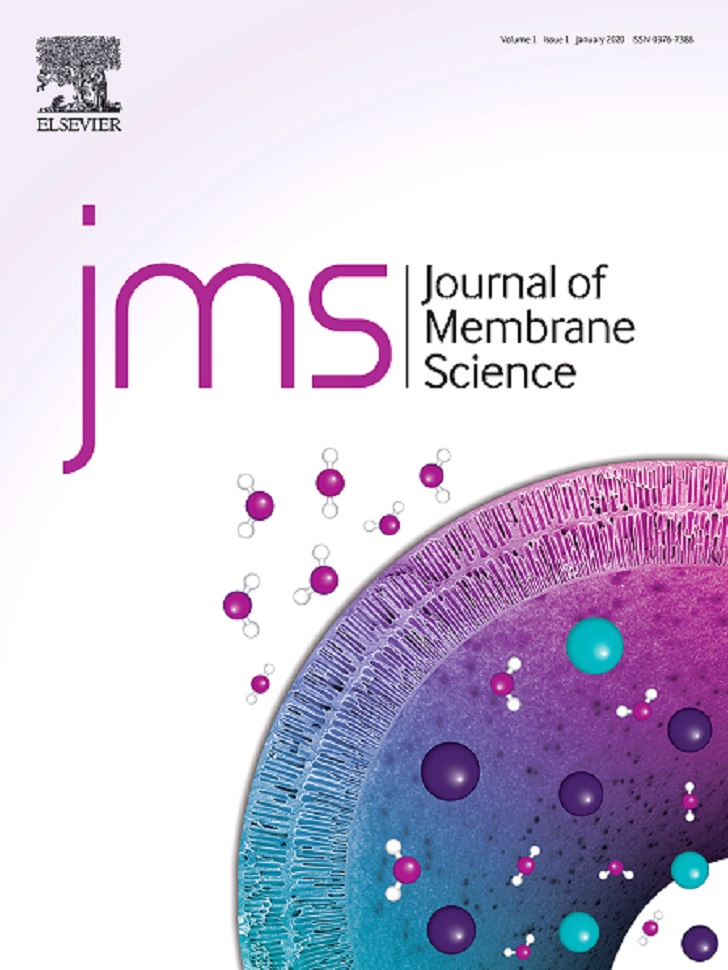
The research article 'Maximizing selectivity: An analysis of isoporous membranes' has been published in Elsevier's Journal of Membrane Science (Volume 633, 1 September 2021, 119389).
Abstract
Membranes are compelling candidates for many separation-based industrial processes. However, all synthetic membranes are subject to well-recognized permeability-selectivity trade-offs that hinder their use in advanced applications.
Having uniform nanoscale pore size, isoporous nanofiltration and ultrafiltration membranes have attracted wide research interest. However, quantitative analysis of isoporous membrane performance is lacking – particularly at module and system-level scales.
In this study, an analytical model is built to investigate how membrane pore-size distribution affects the solute separation efficiency (i.e., rejection and selectivity). The model accounts for convective hindrance as well as concentration polarization and explores effects on separation from the solute-to-pore-size ratio and percent recovery (i.e., fraction of feed flow that passes through the membrane). At the module level, our analysis suggests that a notably sharper rejection vs. solute size curve can be obtained as the pore-size distribution becomes narrower. As the recovery increases, the rejection of a solute is maintained at a high level using isoporous membranes while the rejection drops rapidly for membranes that possess a disperse pore-size distribution. Furthermore, in the separation of mixed solutes, isoporous membranes achieve a large selectivity with a modest loss of permeability.
Overall, this study elaborates the unique role that isoporous membranes play within the permeability-selectivity trade-off relations and identifies the most exciting opportunities for their future applications.



